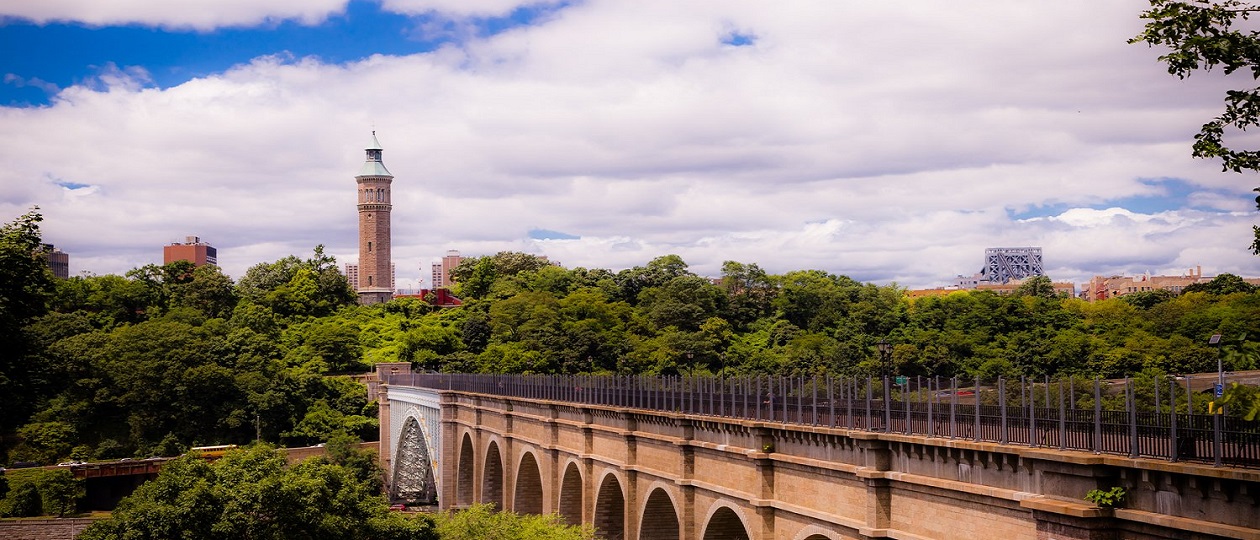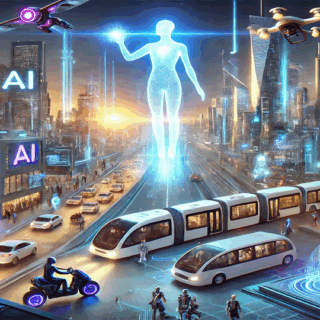
The history of mankind is the history of sedentarism.
Nomadic tribes, who for centuries followed herds of animals and seasonal harvests, one day stopped. The transition from hunting and gathering to agriculture and livestock breeding became the first great revolution that gave birth to stationary settlements. But the real revolution occurred when the division of labor began within these settlements. Management, army, religion, crafts, trade — functions that required the concentration of resources and people. This is how cities appeared — centers of power, culture and progress. Agrarian territories that provided them with food and human resources took a subordinate position. A relatively balanced state in the relationship between the city and the village existed for several millennia. The industrial revolution of the 18th-19th centuries accelerated urbanization to an unprecedented level. Cities grew like mushrooms after rain, drawing in millions of peasants. Urbanization statistics:
– 1800 —3%;
– 1900 — 13-15%;
– 1950 — 29-30%;
– 2025 — 58%;
– 2050 (forecast) — 68%.
For many long years, the village not only fed the city, but also served as a “human battery”:
– During periods of economic boom, the city took away the labor force
– During crises, it pushed people back, softening social explosions.
Every year, this mechanism works worse and worse, and in a number of over-urbanized regions of the world (in North America, where the urbanization rate is 83 percent, Latin America — 82, Europe and Oceania — more than 70) it practically does not work.
The crisis of the village is determined primarily by the fact that agricultural production requires less and less rural population. Industrialization and subsequent automation have led to a radical reduction in employment in agriculture, which, by the way, continues.
Thus, in Russia at the end of the 19th century, the share of the population employed in agriculture was almost 90 percent. Now it is 6.4 percent. In a number of countries, this figure is even more obvious. In Germany, Great Britain, the USA, less than 2 percent of the population is employed in agriculture, in France, Italy, the Netherlands, Canada, Japan — from 2 to 4, etc.
Countries where the share of employment in agricultural production is more than 70 percent is still sufficient, but they are all located in Africa. And, by the way, this does not save many of them from hunger…
Every year, agricultural production becomes an increasingly high-tech industry that requires less and less human participation, and therefore the need for large masses of people to live in rural areas due to employment in agricultural production.
But that’s not all. The village was a real “human factory”. Back in the early 20th century, when traditions were strong, women in the Russian Empire gave birth to twice as many children in the villages as in the cities.
Cities radically change the reproductive behavior of the population.
As I said above, the village served as a “human factory” for the city. Cities could not “naturally” increase their population so sharply. It gave them industrial workers, service personnel, soldiers, etc. But not only that. Previously, during a crisis, unemployed city dwellers returned to their “native gardens and fields”. The village, for better or worse, accepted everyone and, for better or worse, could feed these “urban losers” — until the next attempt to “storm the city”. This function has disappeared from the modern village.
The function of a damper and replenishment (sometimes temporary, often permanent) of the urban workforce has shifted to migration, with all the attendant economic, social and cultural risks.
What conclusions can be drawn from the above?
Technical and social progress is rapidly and radically changing our cities. But at the same time, their functions — economic, administrative, social, cultural and educational — remain. Yes, they are improving, adapting to scientific, technical and social progress, but nothing more. At the same time, the village in the traditional sense and functionality is dying. Either rehabilitation measures are needed, or a search for its functional replacement.
In this context, the term “post-city” seems to me to be quite artificial. After all, the cities of the future in their core remain, albeit modernized, but cities, but the village…
It’s time to talk about the “post-village”. At the same time, we need to understand that this is not just “life on earth” and “return to the roots”. This is clearly something more. The crisis of interaction between the city and the village is not the end, but the beginning of a new era. And it depends on us whether it will be an era of equilibrium — or an era of new inequality.
The city will no longer be a parasite sucking resources out of the village. The village will not be a reservation supplying food and cheap labor. We are at the beginning of understanding the new logic of not only the interaction of urban and rural territories and communities, but also the new logic of spatial organization.
Please express your opinion on this topic in the comments, and I will return to this topic in a new article in a while.






2 comments
Simon Hastings
10.08.2025 at 09:06
Thank you for the article! I was particularly interested in the detailed comparison of urbanization and agriculture. I also found the analysis of the current state and future predictions interesting. I agree with the author that “we are at the beginning of understanding the new logic of not only the interaction between urban and rural territories and communities, but also the new logic of spatial organization.” Thank you again for the thought-provoking article.
William Davis
19.09.2025 at 22:38
Hello and thank you. I have been interested in this topic for a long time, but your article shed a new light on this topic. I’d like to thank you very much and looking forward to new articles on the subject.